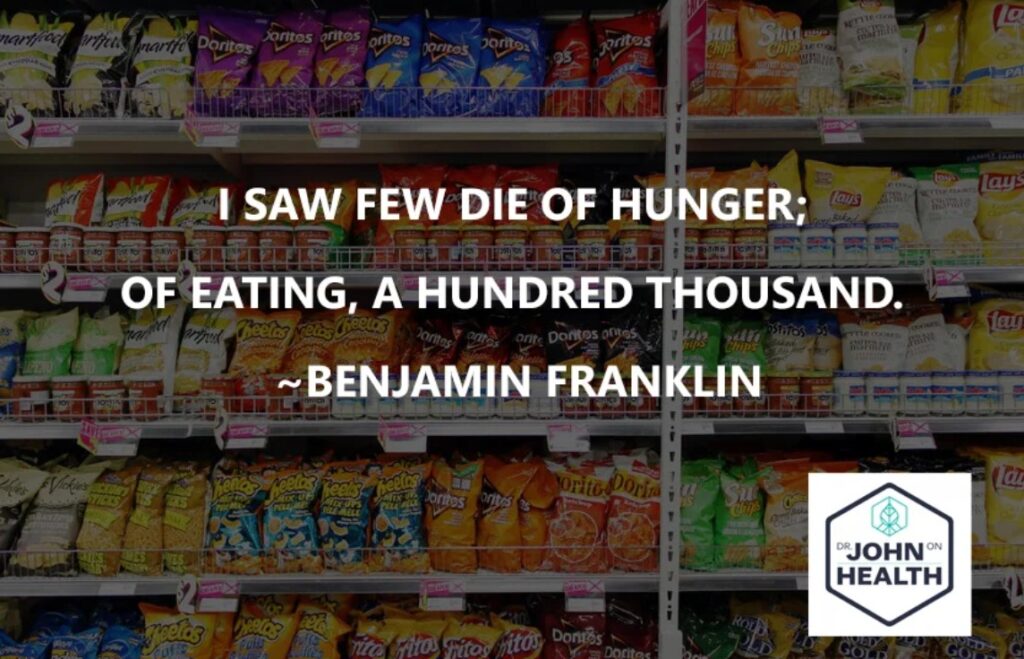
I am taking a break this week from Step 6 of my 8 part series on how to reverse diabetes in 8 weeks. I’ll send that next week.
Meanwhile, I received a letter from a parent, Jon, who wrote me about how to help his children eat well and avoid diabetes. I decided to answer Jon with the following blog to help all parents who may share the same concerns about their children’s eating habits. I hope this helps many parents who are experiencing difficulties in teaching their children good eating habits.
Dear Dr. Poothullil,
I heard your helpful and inspiring interview yesterday on our community radio station, KVMR.
My kids (girl 7, boy 9 yrs old) are constantly exposed to sugar, treats, bread, crackers, etc. They have developed a craving for carbs and for sweets. For a while, we tried to limit this by having dessert as a reward for eating a protein-rich meal, but this only seems to make them want treats more – it has become a ‘reward’ which they whine and bargain for endlessly. And at school, they are rewarded with candy, and school celebrations include cupcakes and if the class has a ‘special meal’ together it is usually pizza. If we put anything sweet or carbs in their lunches, they’ll often eat only that, skipping anything remotely healthy.
And if they visit a friend, the parents of the friend are usually quite unconscious about proper diet. For instance – spaghetti for dinner.
I fear for what is happening both to our kid’s pancreas’ and to their minds. I don’t want them to view carbs and sweets as ‘the forbidden fruit’ which they will value all the more because we try to reduce it in the meals we give them and hence do their best to get carbs and sweets whenever they can.
You are a pediatrician – surely you have some ideas on what we can do. Or should we let them eat carbs and sugary treats to their hearts’ content, and hope they outgrow it or that their bodies will recover before diabetes sets in?
Thanks for your help with this vexing issue.
Jon
Nevada City, California
*****
As a parent, how can you establish healthy eating habits in your child? Jon, the answer starts with understanding the true objective of eating – to obtain sufficient amounts of nutrients and energy on a timely fashion so that your child can grow and develop normally.
I suggest that the body’s hunger signal is the key to that objective. In my view, the unpredictability of the hunger sensation – it can occur at any time – demonstrates that the body has an internal monitoring mechanism that tell us it is the right time to eat. Babies and toddlers are perfect examples of this – they demand food when they are hungry, regardless of the time of the day or location. They eat what they enjoy, refuse what they don’t want, and stop eating when they no longer enjoy the food, regardless of the amount left on the plate. In my view, this demonstrates how children have an innate mechanism to obtain nutrients as needed and in required amounts.
So to answer the question, I would suggest that the duty of parents would appear to be very simple: build and strengthen the child’s natural mechanism to eat when hungry and stop eating when the nutrients have been obtained. Unfortunately, this is not so easy in today’s world.

The reality is, children are influenced by many factors to eat far more than they need to, and to eat the wrong types of foods. After the “green agricultural revolution” 60 years ago, governments almost all over the world began subsidizing grain farming, one way or another, in an attempt to feed a burgeoning global population. This action not only led to making grain-flour based foods the cheapest ones available but also provided an opportunity for manufacturers and retailers to seek out huge potential profits in the food business. Producing affordable, attractively packaged items made palatable with the addition of salt and sugar, and increasing the shelf life by adding preservatives, they created and promoted heavily thousands of factory-made products with high caloric content and little nutritional value.
Their success is seen in the way a modern family consumes food: grain-flour is the main ingredient of breakfast through cereals, muffins, doughnuts, or toast. Grain flours are present in thousands of snacks eaten not only in the house but also at friends’ houses, at school, during outside activities and at celebrations of all kinds. During lunch and dinner, the pattern of grain-based food intake is repeated with sandwiches, pizza, tacos, rice, corn, bread rolls, and so on. Invariably, this daily programming for what to eat becomes ingrained in the child’s brain and he/she repeats the same pattern without thinking or being aware of the long-term consequences.
What can parents do in such an environment? Let us start with the state of mind of a child. A child lives “in the moment,” that is to say satisfying what he/she desires is the utmost objective in the child’s mind. Understanding this can help parents encourage their children to eat better. For example, let’s say your child is upset because of a punishment or denial of a desire. The condition of being upset may last, at the most, a few hours, but the child will then come back to the parent for protection, companionship, care—and food, without any consideration that this person caused the unhappiness only a short time ago. This pattern of inherent behavior has advantages that parents can use to start shaping a new behavior pattern related to food intake that is more beneficial for the lifetime of the child.
The Art of Eating Mindfully and Chewing

I suggest that parents need to develop “mindful eating habits” in their children. To accomplish this, parents should focus on what I have explained in detail in my book Eat Chew Live – taking joy in family meal preparation, eating together without distraction, the act of chewing one’s food, and paying attention to the enjoyment of meals. Let me review.
Nature has made all foods for humans, except milk for babies, to require chewing in order to acquire their nutrients. Chewing releases the nutrients in the food so that they are reported to the brain by taste and smell receptors in the oral cavity. The brain then generates enjoyment of the food, and rewards the person with pleasure through endorphins. When enough nutrients have been acquired, the brain then helps terminate the act of eating by reducing the intensity of enjoyment. This is an indication that a sufficient quantity of food has been consumed. This is nature’s way of promoting intake of food containing the needed nutrients while preventing overconsumption.
Establishing this natural way of mindful eating will bring hope and happiness for the child and parents. Until age ten the most effective way of teaching the child this way of eating is by example, as the child is not likely to be receptive to reasoning.
Let me give you some hints to accomplish this. The easiest way to make breakfast chewable is to add nuts, either raw or roasted without salt, to what is being consumed. For snacks: eat fruit, nuts or items made with nuts, but only as long as any sweetness comes from natural sugar, with the intensity of sweetness not more than what we experience in nature. Make lunch and dinner items with as little grain-flour and salt as possible. For example, make thin crust pizza, lettuce wraps, or tortillas made from cauliflower. From time to time, encourage children to take part in food preparation so that they are proud to eat what they helped make. Make freshly cut vegetables such as carrots, cucumbers and small tomatoes in their natural state, without dressing, available to every member of the family to enjoy.
Also, pour water as the primary drink at meals. Avoid drinks sweetened with no-calorie sweeteners. Occasionally drink fruit juice without added sugar, but drink a half-glass of plain water first, then sip and enjoy the fruit juice. Encourage this pattern of drinking water before consuming any caloric-containing drink especially when you are out of the home environment.

As a fun exercise for the whole family, record the weight of each person before going out for a party or vacation and weigh everyone again after coming back. Over time, you can figure out what type of foods cause weight gain in your family and by how much. You may also be able to calculate weight gain through water retention caused by increased salt used in food preparations, by noticing relatively rapid weight loss after going back to a low-salt diet. This exercise is not meant for making fun of anyone regarding their food intake, but in the long-term, to make even a child aware of the relationship between food intake and weight gain.
Overall, I suggest that your motto be: eat what you enjoy but more importantly enjoy more of what you eat by chewing deliberately.


